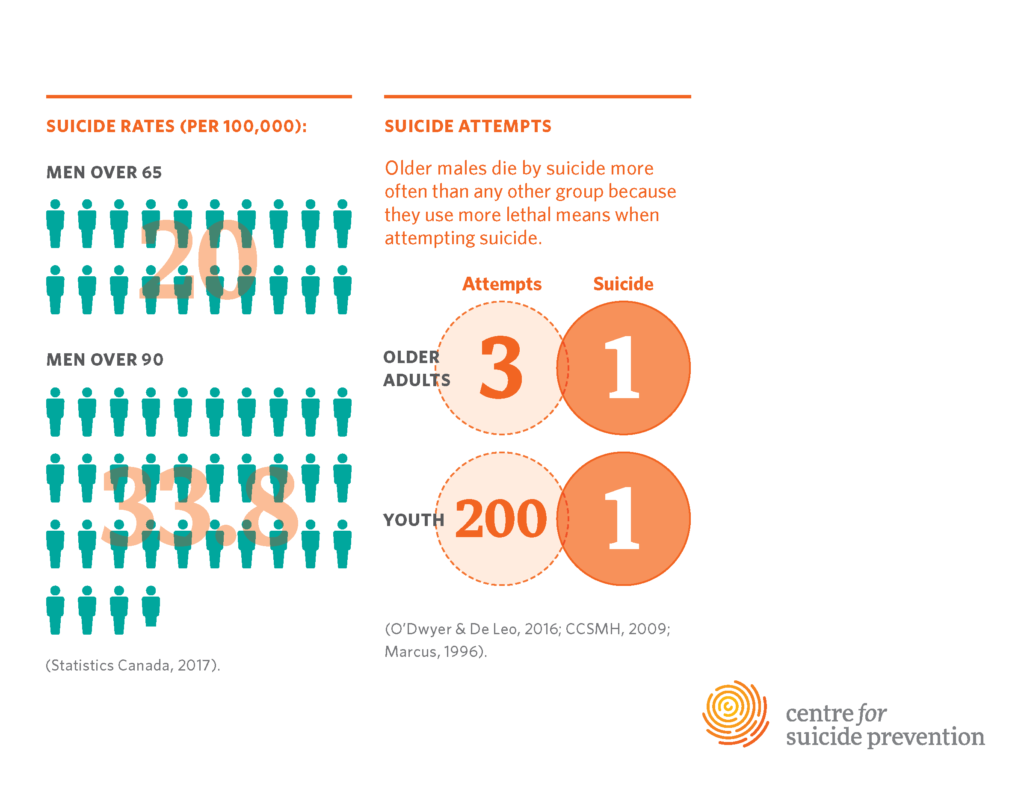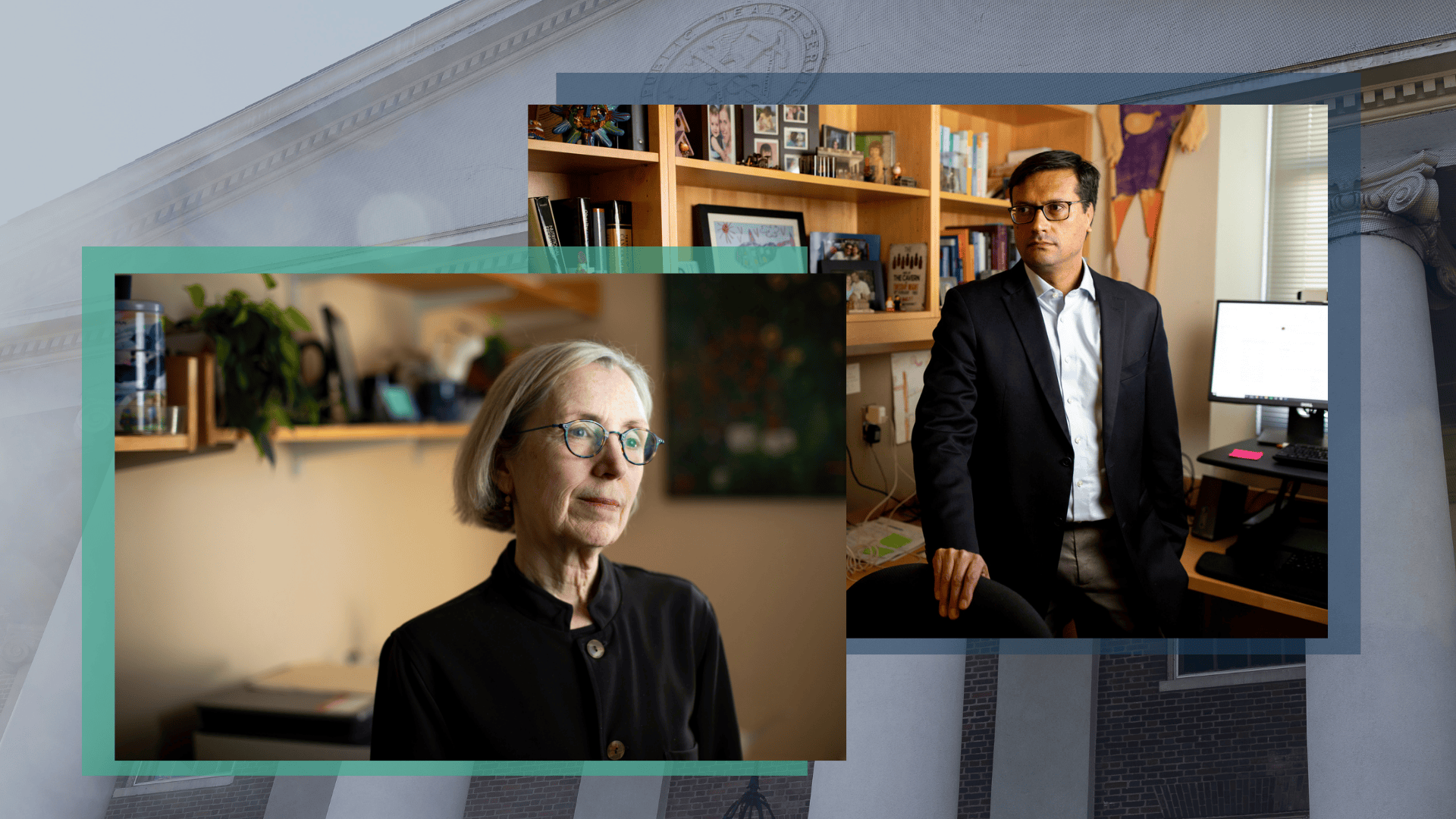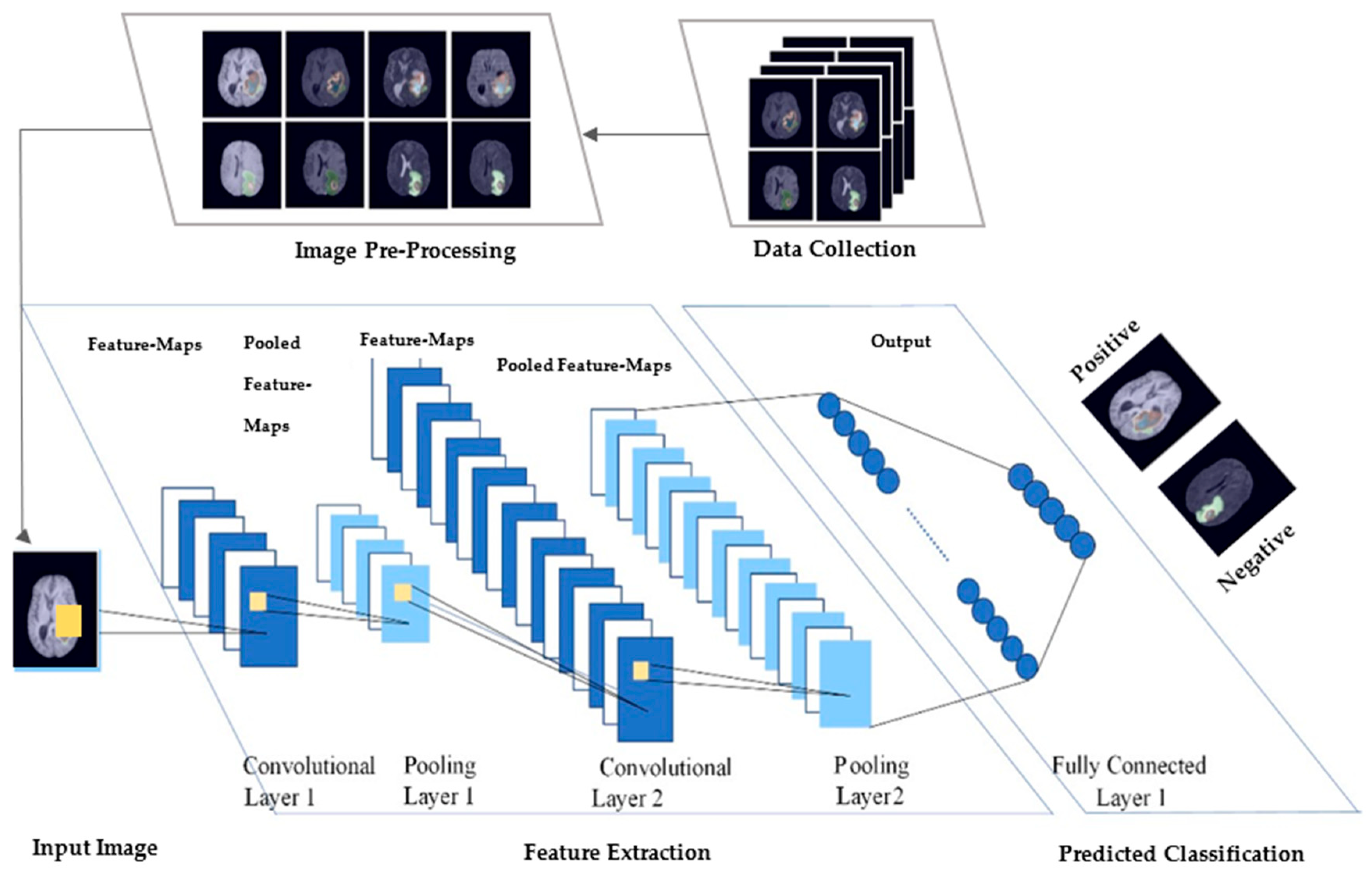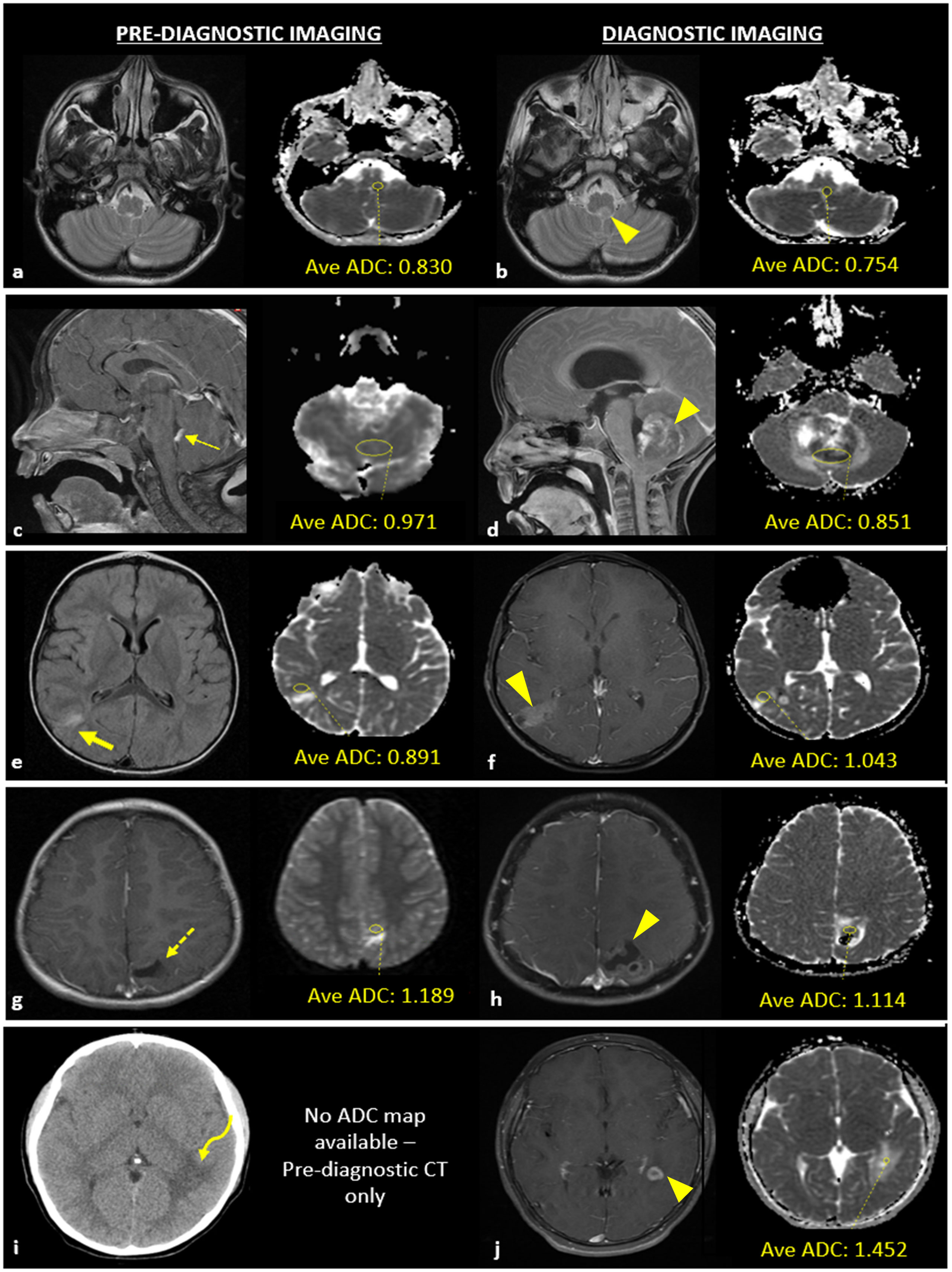
Suicide prevention for older adults is a critical concern, given that this demographic has the highest suicide rates among any age group, especially those over 75. Recent studies highlight a worrying gap in the availability of mental health resources for seniors facing these challenges. Social isolation in older adults often exacerbates feelings of loneliness and despair, making it essential that we implement effective suicide prevention resources tailored specifically for them. Despite the increased demand for supportive services, many older adults struggle to find the appropriate geriatric psychiatry resources necessary to help them cope. As a community, we must prioritize targeted initiatives that can effectively reduce elderly suicide rates and support the mental health needs of our seniors.
In addressing the issue of self-harm in the senior population, it’s imperative to recognize the rising concerns surrounding mental well-being among elderly individuals. With increasing instances of despair among older adults, especially those dealing with social isolation, there is an urgent call for resources and preventative measures designed exclusively for this age group. Many elderly individuals express a pressing need for specialized support systems, as traditional mental health strategies often overlook their unique circumstances. By broadening the dialogue around suicide risk in geriatric populations, we can foster a greater understanding of the psychological challenges faced by seniors. Implementing direct suicide prevention initiatives can bridge the gap and encourage better mental health outcomes for older adults.
Understanding the High Suicide Rates Among Older Adults
The alarming trend of increasing suicide rates among older adults, particularly those aged 75 and above, calls for immediate attention and action. According to the Centers for Disease Control and Prevention, this demographic exhibits a suicide rate of 20.3 per 100,000, a figure that starkly contrasts with declining rates in younger age groups. Factors contributing to this rise include exacerbated social isolation, mental health problems, and a significant lack of accessible mental health resources tailored specifically for seniors. These issues underline the urgent need for effective interventions and comprehensive mental health strategies.
Despite the pressing nature of this crisis, existing suicide prevention efforts often overlook the unique experiences of older adults. Many resources prioritize younger populations, leaving seniors with limited access to crucial support systems. This neglect is compounded by social stigma surrounding aging and mental health, reinforcing barriers that prevent older adults from seeking help. To address this imbalance, it’s essential for organizations to develop targeted campaigns that resonate with the elderly, emphasizing their well-being and highlighting available resources.
The Role of Social Isolation in Elderly Mental Health
Social isolation is a significant risk factor contributing to the high suicide rates among older adults. Isolation can lead to feelings of loneliness and despair, deteriorating mental health and increasing the likelihood of suicidal thoughts. In a rapidly aging society, understanding the dynamics of social connections is crucial. Older adults, who may have lost spouses, friends, or family members, often find themselves increasingly alone. Addressing social isolation should therefore be a focal point in suicide prevention strategies tailored for seniors.
To combat the detrimental effects of social isolation, communities must actively foster environments that encourage social interaction and engagement among seniors. Programs that promote connectivity, whether through community centers, clubs that cater to older adults, or online forums specifically designed for seniors, can significantly enhance their quality of life. By creating inclusive spaces where older adults can share experiences and build relationships, society can take proactive measures to reduce the isolation that often leads to suicidal ideation.
Mental Health Resources for Seniors: Bridging the Gap
Currently, there is a glaring gap in mental health resources specifically designed for older adults. Traditional mental health services often fail to address the unique challenges faced by this population, resulting in a missed opportunity to provide critical support. Access to effective geriatric psychiatry is limited, and many older individuals lack the knowledge of where to find specialized help. It is essential for mental health organizations to prioritize the development and dissemination of resources that cater to the unique needs of seniors.
Increasingly, older adults are turning to digital platforms to seek information regarding mental health, yet many existing resources lack senior-friendly interfaces or relevant content. Organizations must adapt their outreach strategies to include online platforms that older adults frequently visit, ensuring that these resources are not only accessible but also tailored to resonate with their specific experiences. By enhancing visibility and accessibility of mental health resources for seniors, we can significantly reduce barriers to seeking help, ultimately aiding in suicide prevention efforts.
Geriatric Psychiatry: A Crucial Component in Suicide Prevention
Geriatric psychiatry plays a pivotal role in addressing the mental health needs of older adults, particularly in the context of suicide prevention. This specialized field focuses on the unique psychological and medical complexities that arise in aging populations. With increasing awareness about the prevalence of mental health issues among seniors, geriatric psychiatrists are uniquely positioned to offer tailored interventions that can mitigate suicide risks and support emotional well-being.
The expertise of geriatric psychiatrists is invaluable in identifying and treating mental health conditions that disproportionately affect older adults, such as depression and anxiety, which are often precursors to suicidal thoughts. By collaborating with primary care providers and social workers, geriatric psychiatrists can help create comprehensive care plans that address the multifaceted needs of seniors. Expanding access to geriatric psychiatry services can significantly improve outcomes for older adults at risk of suicide, emphasizing the need for increased funding and resources in this area.
Innovative Approaches to Suicide Prevention for Older Adults
Considering the unique challenges faced by older adults, innovative approaches to suicide prevention are essential. This requires an integration of traditional mental health services with community-based programs designed specifically for seniors. Initiatives such as peer support groups, outreach programs, and online resources that promote mental health literacy among older adults can empower this demographic to seek help and support each other.
Moreover, technology can be harnessed to develop applications and resources that facilitate mental health support in a user-friendly manner. For instance, creating platforms where older adults can connect with mental health professionals or access guided therapy sessions online can combat the isolation and stigma often associated with using traditional mental health services. By fostering a culture of openness and support, we can enhance the resilience of older adults, ultimately leading to decreased suicide rates.
Community Engagement: The Key to Suicide Prevention
Community engagement plays a crucial role in developing effective suicide prevention strategies for older adults. By fostering a community-oriented approach, various stakeholders including local governments, nonprofit organizations, and healthcare providers can create a supportive environment that addresses the distinct challenges faced by seniors. Programs that encourage intergenerational interactions and community inclusivity can help reduce feelings of isolation and increase awareness of mental health resources.
Furthermore, involving older adults in the planning and implementation of these programs ensures that their voices are heard and their specific needs are met. Empowering seniors to take part in community advocacy not only helps to combat stigma but also reinforces their sense of belonging and purpose. Collaborative efforts geared towards community support can ultimately lead to a significant reduction in suicide rates among older adults.
The Importance of Raising Awareness Around Elderly Suicide
Raising awareness about elderly suicide is paramount in creating a society that is informed and equipped to support older adults facing mental health challenges. Public awareness campaigns that highlight the specific risks and warning signs of suicide in seniors can help friends, family, and caregivers recognize when an older adult may need help. By fostering open discussions about mental health, we can reduce the stigma associated with seeking help, encouraging more older adults to access available resources.
Educational initiatives that provide information about the importance of mental health resources for seniors can also significantly impact suicide prevention. This includes workshops, seminars, and innovative social media campaigns aimed at engaging both older adults and their communities. By equipping caregivers, family members, and community leaders with knowledge and strategies to identify and address suicidal thoughts, we can create a more supportive network for older adults, ultimately safeguarding their mental health.
Funding and Research for Suicide Prevention in Older Adults
In light of the growing need for effective suicide prevention initiatives tailored to older adults, increased funding and research are essential. Government agencies, private foundations, and healthcare systems must prioritize investment in studies that address elderly suicide rates and the underlying factors contributing to this crisis. Research efforts should focus not only on understanding the causes of suicide among seniors but also on evaluating the effectiveness of different intervention strategies.
By establishing targeted funding initiatives for late-life suicide prevention programs, we can enhance the availability of mental health resources for older adults. Collaboration between institutions, healthcare providers, and researchers could yield valuable insights and innovative solutions to longstanding issues affecting seniors. Prioritizing this area of research will ultimately improve the effectiveness of suicide prevention efforts and ensure that older adults receive the support they need.
Integrating Technology in Suicide Prevention Strategies for Older Adults
As technology continues to advance, its integration into suicide prevention strategies for older adults presents a unique opportunity to enhance accessibility and support. Many seniors are becoming increasingly tech-savvy, using smartphones and the internet to seek health information. By developing user-friendly applications and platforms that provide mental health resources and crisis intervention support, we can bridge the gap between older adults and the help they need.
Moreover, utilizing telehealth services can facilitate access to counseling and support for older adults who may have difficulty attending in-person sessions due to mobility issues or geographic limitations. These technological advances can empower seniors to take charge of their mental health, providing them with the tools needed to combat feelings of isolation and despair. As we embrace technology in suicide prevention efforts, it’s crucial to ensure that these resources are both effective and tailored to meet the specific needs of older adults.
Frequently Asked Questions
What are the elderly suicide rates and what factors contribute to them?
Elderly suicide rates are alarmingly high, particularly among those aged 75 and older, with a rate of 20.3 per 100,000 according to the CDC. Contributing factors include social isolation, loneliness, and a lack of accessible mental health resources for seniors. Understanding these factors is crucial for improving suicide prevention strategies for older adults.
What mental health resources for seniors are available to prevent suicide?
Mental health resources for seniors include hotlines, counseling, and community programs specifically designed to address the unique challenges faced by older adults. Unfortunately, many national suicide prevention organizations do not effectively cater to this demographic, highlighting the need for more accessible resources.
How can geriatric psychiatry help in suicide prevention for older adults?
Geriatric psychiatry focuses on the mental health needs of older adults, offering tailored therapies and support systems to address depression and suicidal ideation. Clinicians in this field are essential in identifying at-risk seniors and providing appropriate interventions and resources.
What are effective suicide prevention resources for older adults?
Effective suicide prevention resources for older adults include community support groups, online mental health platforms, and tailored intervention programs. Increasing the visibility and accessibility of these resources is vital, as many seniors struggle to find help that addresses their specific needs.
How does social isolation in older adults contribute to suicide risk?
Social isolation in older adults is a significant risk factor for suicide, as loneliness can exacerbate feelings of depression and helplessness. Programs that encourage social engagement and community involvement are crucial for mitigating these risks and improving overall mental health outcomes.
What actions are being taken to improve suicide prevention for older adults?
Efforts to improve suicide prevention for older adults include calls for tailored public-facing campaigns, increased funding for research in geriatric mental health, and the development of online platforms specifically catering to the needs of this age group to make resources more accessible.
What role does increased funding play in suicide prevention resources for seniors?
Increased funding is essential for developing and implementing effective suicide prevention resources for seniors. It enables research into late-life suicide, helps create tailored intervention programs, and supports the dissemination of information through accessible online platforms.
Why is there a need for targeted campaigns in suicide prevention for older adults?
Targeted campaigns in suicide prevention for older adults are necessary due to the unique challenges this demographic faces, including underrepresentation in existing research and support systems. Tailored efforts can better address their specific health needs and barriers to accessing help.
| Key Points | Details |
|---|---|
| High Risk for Suicide | Older adults (75+) have the highest suicide rates among all age groups. |
| Lack of Resources | Few suicide prevention resources specifically tailored for older adults are accessible online. |
| Imbalance in Targeting | Most online suicide prevention efforts are not aimed at older adults, despite their high risk. |
| Social Isolation | Factors such as social isolation and loneliness contribute to increased suicide rates in older adults. |
| Need for Targeted Campaigns | There is an urgent need for suicide prevention campaigns that specifically address the needs of older adults. |
| Call for Research and Funding | Increased funding and research into late-life suicide prevention are critical. |
Summary
Suicide prevention for older adults is an urgent and critical issue, as this demographic faces the highest risk of suicide yet has limited resources available to them. A study has highlighted the stark contrast between the high rates of suicide among older adults and the lack of targeted online resources to aid them. It is essential that national organizations increase their focus on developing accessible, effective suicide prevention strategies for seniors to address this unmet need. By increasing funding, research, and tailored efforts aimed at this vulnerable group, we can create a supportive environment that mitigates the risks of suicide among older adults.




